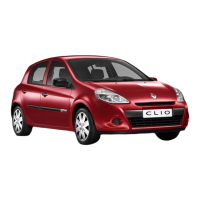
Do you have a question about the Renault 2009 CLIO and is the answer not in the manual?
| Brand | Renault |
|---|---|
| Model | 2009 CLIO |
| Category | Automobile |
| Language | English |
Explains the operation and features of the key and remote control.
Details the functions and usage of the RENAULT card for vehicle access and starting.
Explains how the system prevents unauthorized engine starting using a coded key or card.
Provides instructions on proper seat belt usage, adjustment, and safety precautions.
Explains supplementary safety systems like pretensioners, load limiters, and airbags.
Covers general principles for child safety, including using child seats and general precautions.
Explains the two main methods for attaching child seats: seat belt and ISOFIX system.
Provides instructions and diagrams for correctly installing child seats in different vehicle locations.
Covers procedures for starting and stopping the engine using the ignition key.
Details the process for starting the engine using the RENAULT card and its detection zones.
Explains the function and operation of the ABS system to enhance braking safety.
Details the ESP system's role in maintaining vehicle control during critical driving situations.
Describes the ASR system's function in limiting wheel spin during acceleration.
Explains the EBA system that supplements ABS to reduce stopping distances in emergencies.
Covers the operation and controls of the speed limiter function.
Explains how to use the cruise control system to maintain a set driving speed.
Explains how to read the engine oil level and provides general information on oil consumption.
Provides detailed instructions on using the dipstick to check engine oil level and maximum fill level warnings.
Guides on how to top up engine oil, including required procedures and oil grade.
Details oil change capacities, engine oil grade, and safety precautions during oil changes.
Explains how to check and top up engine coolant levels, including safety precautions.
Covers checking and topping up brake fluid levels, and replacement intervals.
Explains how to find and check tyre pressures, including safety, load, and speed considerations.
Explains how to access and remove the emergency spare wheel in case of a puncture.
Details the procedure for refitting a wheel after changing it, including securing the cable and replaced wheel.
Covers locking the spare wheel system, tool kit storage, and special features of the spare wheel holder.
Provides warnings and guidelines for using an emergency spare wheel, especially if it's smaller than standard wheels.
Explains the use and limitations of the tyre repair and inflation kit.
Details the step-by-step process for using the tyre inflation kit with the vehicle's accessory socket.
Offers precautions for using the inflation kit, including pressure adjustment and post-repair driving.
Provides a step-by-step guide on how to change a wheel, including safety measures.
Covers tyre maintenance, wear indicators, and safety regulations for tyre usage.
Details tyre pressure checks, incorrect pressure effects, and safety considerations when fitting new tyres.
Discusses accessing and refitting battery covers, with safety warnings.
Details accessing the battery and refitting the battery covers, with safety warnings about handling.
Guides on starting the vehicle using another vehicle's battery, including safety precautions.
Lists operating faults related to the RENAULT card and remote control, with possible causes and actions.
Addresses faults related to the starter, warning lights, and battery issues, with troubleshooting steps.
Covers faults preventing engine start or switching off, and steering column lock issues.
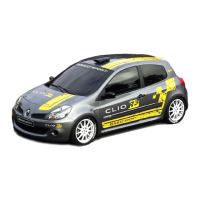
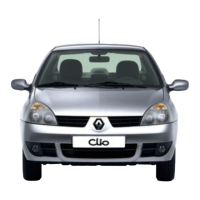
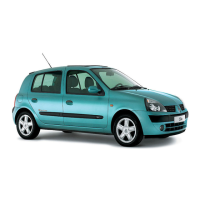

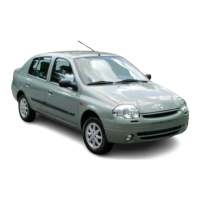
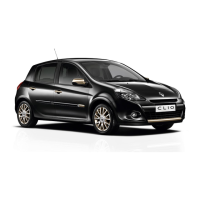



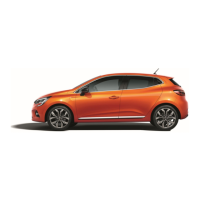


